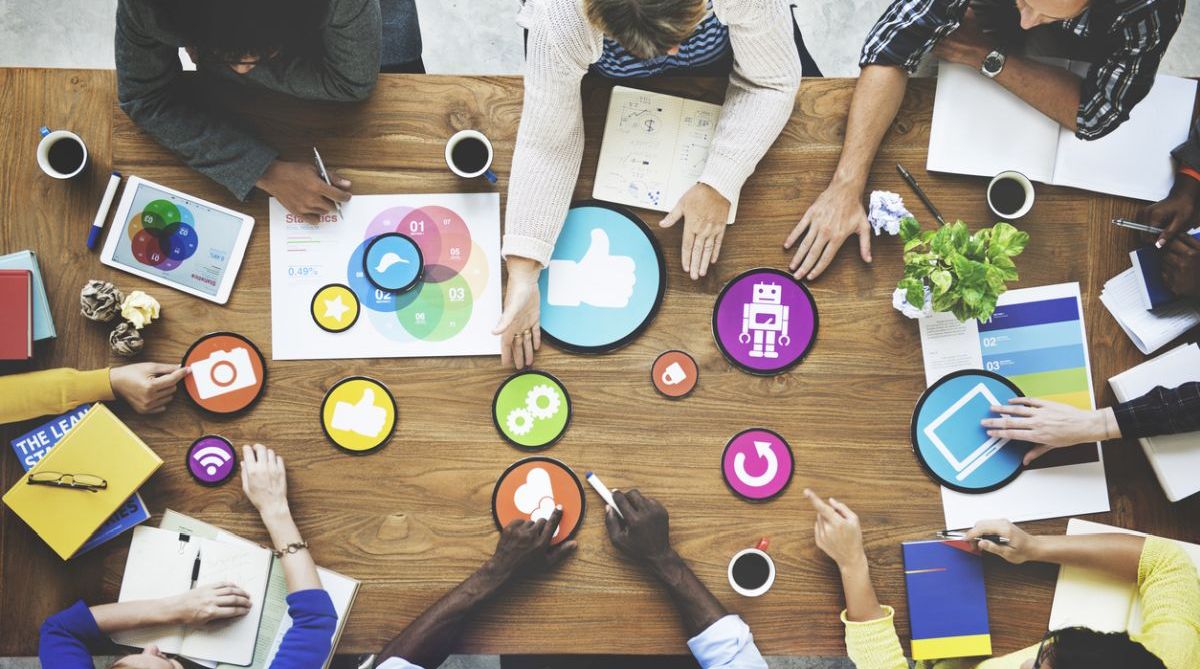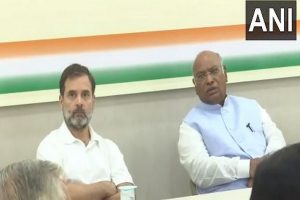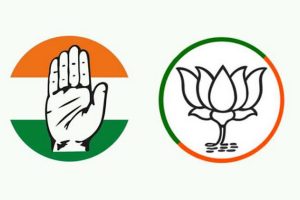Gone are the days when people disapproved of gadgets in classrooms, claiming them to be distractions. The use of laptops and tablets has become part of the curriculum and BYOD (Bring Your Own Device) is an accepted norm on campuses. And now, even social media has entered classrooms. Social media is ubiquitous in our digital lives today, and many progressive teachers are embracing such platforms to connect with students.
In this article, we look at some of the ways in which social media can contribute to the classrooms.
- It can make the classroom a global space
The scope of social media is not limited to accessing content. It is used to communicate with people near and far. Students can follow hashtags, be part of quality groups, and engage with experts.
With nearly all academicians, experts, and news anchors having their social accounts, one can expect a direct response from them. Moreover, teachers can schedule video conferencing via Skype with experts who are keen on sharing their knowledge and experiences.
Teachers can introduce students to educational portals such as Collegedunia for tips and tricks to ace exams. Such platforms allow students to review their institutions and help fellow students know first-hand accounts.
- It can make group projects more fun
Group projects are an intrinsic part of academic life. Social media will make them fun and interactive. With the help of Facebook and Twitter, students can carry out polls and surveys to fetch real-world examples and data. They can connect with other students to acquire first-hand information on live events in the place/country where they inhabit.
Pinterest comes up with several tools for creating visual group projects. Students can help each other by sharing presentations, ideas, and links to sources, articles, and images.
They can also form dedicated media pages to engage in discussions with fellows having knowledge on the subject. This way, they will regulate public workspaces, appreciate teamwork, and improve communication skills.
- It can create a digital classroom
Teachers can easily create a digital classroom using social media platforms like Edmodo. The platform allows students to take quizzes, create polls, and send messages in real time. Its Global Read Aloud program enhances their reading and public speaking skills.
Teachers can connect with other facilitators to share and discover new interesting lesson plans and activity sessions. They can give feedbacks, create a calendar for exams, and post new assignments.
- It can prompt discussions about events in real time
Social media floods with news and the latest turn of events within seconds. Students can monitor global news and latest trends via networks like Twitter and Facebook. They can deliver social messages and have great discussions in the light of the latest happenings.
Using such networks will also polish students’ ability to synthesize information and formulate opinions while writing a report or essay on a specific current event. It adds substance to classroom assignments.
- It will display your student’s work in classroom activities
Platforms such as Instagram are great for displaying classroom activities. Teachers can create a common classroom profile on Instagram or Facebook for students to upload their artwork. Along with showcasing their work, the profile will enable parents to see their child’s progress anywhere and anytime.
Teachers can share other classroom projects and pictures on the common page to keep parents posted on the latest developments.
- It is a fresh change to conventional teaching methods
Every teacher and every student have a different style of communicating face-to-face. Moreover, real-life communication is very different from online communication. Students who feel shy to ask doubts or interact in the classroom can use a social media platform to interact with their classmates and teachers.
With numerous great ideas for various topics, Pinterest is a powerful educational tool. Pinning ideas can assist students to remember key points in a lesson and increase their understanding of the subjects such as history that involve chronological events.
- It can make students less vulnerable and more responsible
Teenagers lack maturity and often take actions that might be inapt for their age. Involving facilitators in social spaces will help in spotting problems areas as soon as they arise.
Teachers can help students adopt the right social media behavior and be responsible. They can guide students to maintain clean, positive and professional profiles by steering clear of activities that may cause tension.
By having healthy discussions in the classroom, students can reflect on what they feel is good and bad behavior, preparing them for awkward or scary circumstances such as cyber threats and bullying.
- It can push students to put out their best work
Instead of humdrum pen-and-paper essays, teachers can encourage students to use platforms like WordPress for writing blog articles. It will drive students to put their best foot forward when they know an entire audience will be assessing their work and giving feedback.
Platforms like Instagram are great for exhibiting science experiments as well as students’ projects and achievements to a wider audience. However, the teachers must follow both school and social media policies besides requesting consent from the parents to post photographs of their children. For instance, Instagram has an age limit of 13 years or older.
- It will keep parents posted
Many schools are quite active on social media these days, preferring blogs and Twitter accounts over printed newsletters. They post everything from the pictures of the Christmas celebrations to the upcoming guest lecture on their respective pages.
With students and teachers using social media platforms in classrooms, parents can get constant updates on their children’s participation and progress. For instance, Facebook Live at a special event is a great way to involve family members.
Platforms such as Skype and Classroom 2.0 can be useful for setting up collaborative groups and conducting parent-teacher conferences. Streaming virtual conferences can save a lot of time.
Further, academic institutions showcasing meritorious students on their platforms will serve as a source of encouragement. However, teachers must ensure the safety and privacy of the students beforehand.
Setting up social media in classrooms
The virtues of social media are not limited to classroom learning and have a wider scope. Pick a starting point and experiment with one site. A new study by Pew Research Center revealed that 95 percent of teens have access to a smartphone and 85 percent of teens confirmed they use YouTube. So use YouTube and other video-based social media sites to make complex math concepts and science experiments interesting and easy.
We know social media has downsides too. Hence, it is important for educators to lay down the rules for using social media platforms during class. Also, teach students to be respectful netizens and how these spaces can bring positivity in one’s life.
Educators, parents, and students might still be doubtful of this partnership, especially the ones who do not trust the modern ways of classroom teaching. But social media is a given now. It is a tool that holds a great potential for both students and teachers but only if used wisely.












